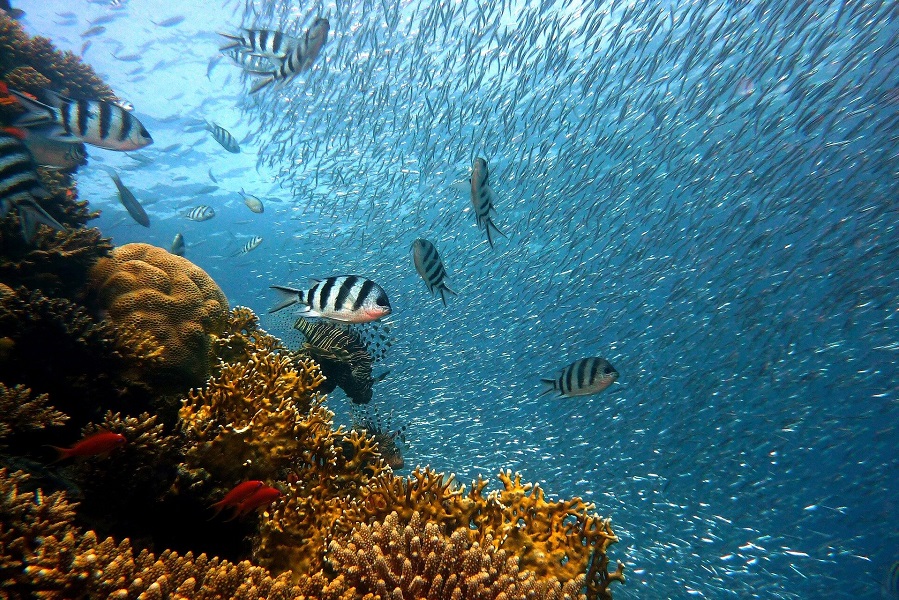11 Dec 2024

Tired Earth
By The Editorial Board

Scientists looking to uncover the mysteries of the underwater world have more valuable information at their fingertips thanks to an international team that has produced an inventory of species confirmed or expected to produce sound underwater.
Led by Audrey Looby from the University of Florida Department of Fisheries and Aquatic Sciences, the Global Library of Underwater Biological Sounds working group collaborated with the World Register of Marine Species to document 729 aquatic mammals, other tetrapods, fishes, and invertebrates that produce active or passive sounds. In addition, the inventory includes another 21,911 species that are considered to likely produce sounds.
With more than 70% of the Earth's surface covered in water, most of the planet's habitats are aquatic, and there is a misconception that most aquatic organisms are silent. The newly published comprehensive digital database on what animals are known to make sounds is the first of its kind and can revolutionize marine and aquatic science, the researchers said.
"Eavesdropping on underwater sounds can reveal a plethora of information about the species that produce them and is useful for a variety of applications, ranging from fisheries management, invasive species detection, improved restoration outcomes, and assessing human environmental impacts," said Looby, who also co-created FishSounds, which offers a comprehensive, global inventory of fish sound production research.
The team's research, "Global Inventory of Species Categorized by Known Underwater Sonifery," was published Monday in Scientific Data and involved 19 authors from six countries, funding from the Richard Lounsbery Foundation and centuries of scientific effort to document underwater sounds.
"Understanding how marine species interact with their environments is of global importance, and this data being freely available is a major step toward that goal," said Kieran Cox, a member of the research team and a National Science and Engineering Research Council of Canada fellow.
Most people are familiar with whale or dolphin sounds but are often surprised to learn that many fishes and invertebrates use sounds to communicate, too, Looby said.
"Our dataset helps demonstrate how widespread underwater sound production really is across a variety of animals, but also that we still have a lot to learn," she said.
Source : sciencedaily.com
Comment
Alice Hooffmans
2024/30/11
The way the American economy works is that it takes money and turns it into climate pollution
Antoin Perrin
2024/30/11
Les riches font tout ce qu'ils veulent... La santé des gens moins importante pour eux...
Fred Sochard
2024/30/11
Everything, absolutely everything we buy from the industry contaminates due to the packaging, packaging, packaging... Nobody talks about that.
Bettie
2024/30/11
And those who seek to subjugate the emerging countries with their green agenda. Maybe that is our breaking point with the West, those guys are not going to accept renewable energies like dams or geothermal energy when the intent is to screw around.
ECOPHILLE
2024/30/11
And the rich from the poor countries.